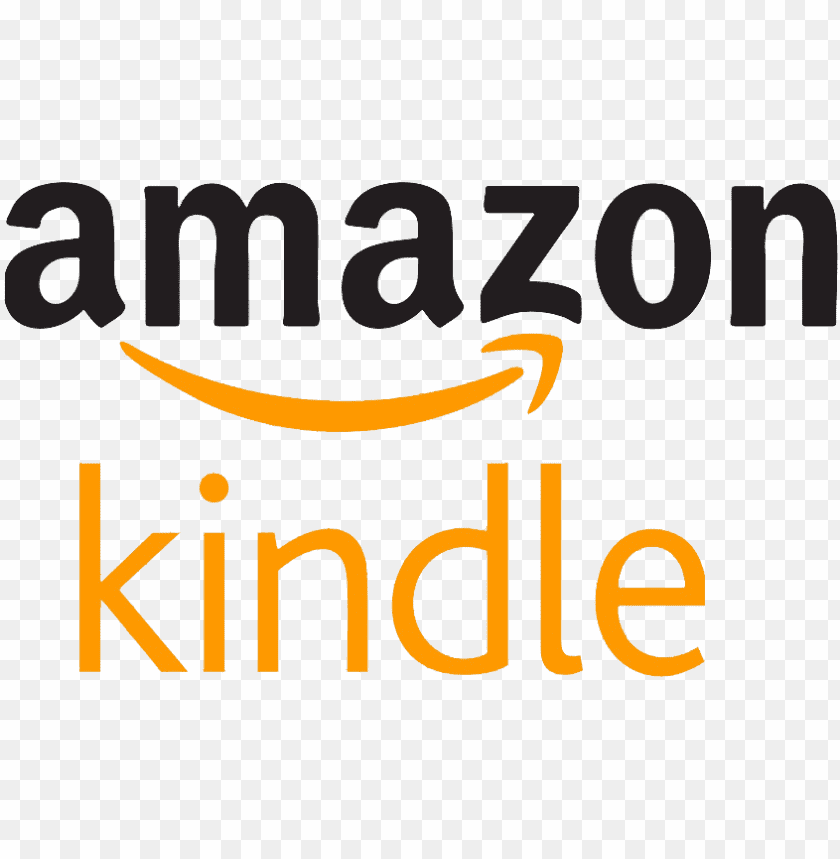The Amazon Kindle (API: /ˈkɪndl/) is a line of e-readers marketed by Amazon.com that allows users to purchase and read e-books, as well as newspapers, magazines and other digital media from the Kindle Store. The first model was launched on November 19, 2007 by Jeff Bezos. Today, the brand has become the market reference, has a wide range of products and is declined in applications for Android and IOS system. As of March 2018, the Kindle Store offered over six million e-books.
General
Overview
The Kindle (from the English verb “to kindle”, “to light a fire” in French) is a reading device that allows you to connect to the Internet to download content (digitized books, newspapers and magazines …) whose license to use is sold online by the American site Amazon.com. The format of the files is proprietary, they are protected by a digital rights management system (DRM).
The transfer of the files requires an Internet connection (via a computer or a Wi-Fi connection). It can also be done, in some countries, through a mobile network of a mobile operator (eg Sprint in the United States), for Kindle provided with the free 3G function. Users can also transfer their own documents to the Kindle by connecting the device to a computer via USB or by emailing them to their Kindle address. Word documents and various image formats are converted by Amazon after they are emailed so they can be read on the Kindle. A built-in browser provides access to the Web and has a set of pre-selected favorites. The 2 generation Oasis model is water resistant (IPX58 standard) and allows to listen to audio books via a speaker or a headset connected in Bluetooth.
Reading formats
The Kindle reads electronic documents in Amazon’s proprietary AZW format (and KF8 for the latest), it supports the TXT format, as well as the MP3 audio format and the audiobook format of the company Audible.com but not the EPUB format supported by many other readers. The Kindle also supports JPEG, GIF, PNG and BMP image files. Documents in Word and DOC formats require sending the document to Amazon to perform the conversion to AZW format or simply sending them to the Kindle email to be supported by the Kindle. Version 2.3 of the Kindle software, announced by Amazon on November 25, 2009, allows native reading of the PDF format.
International newspapers (including The New York Times, Frankfurter Allgemeine and Le Monde), magazines and a catalog of blogs are available by subscription. The Kindle can also read free content from Wikipedia and the New Oxford American Dictionary. It also has an experimental browser that allows you to surf the Internet, useful for Wikipedia or online sudoku and arrowwords, favorite games of many readers.
As for physical products, books available on amazon.com can not be purchased on a European Kindle (probably for copyright or publishing rights). So if the book is available on amazon.com and not on amazon.co.uk, it will not be possible for the Kindle user to buy it. The online store available from the Kindle already operates this filter, which avoids disappointments.
According to Amazon’s terms of use, it is impossible to read a book purchased for Kindle on another e-reader. A customer who has bought a Kindle, for example, and used it to buy books on the Kindle store, will not be allowed to transfer the said books to another e-reader than a Kindle, and will therefore be obliged, in order to keep the use of the said books, either to deviate from Amazon’s terms of use, or to buy the said books for the new non-Kindle e-reader that he/she will buy.
Home of the press
The press emphasizes the simplicity with which purchases are made and notes that the Kindle takes up the concept of the digital book with an innovative economic model. Indeed “the connection costs [to the Sprint network] are included in the price of the content”, but regrets that access to the blog catalog is not free. The Kindle is also criticized for not supporting many text formats such as PDF, unlike its competitor the Sony Reader, as well as its proprietary format. Indeed, the contents downloaded on the Kindle from Amazon.com cannot be read on other brands’ devices.
Amazon offers a free conversion service for Microsoft Word, TXT, HTML, PDF, or image files in JPEG or GIF formats. Simply email the files to their servers and receive the compatible file by return email. A financial contribution is required if the user wishes to receive the converted file directly on their device via the 3G network.
Kindle History
In 2004, Amazon founder and CEO Jeff Bezos asked the company’s employees to build the world’s best e-reader before Amazon’s competitors did. Amazon first used the code name Fiona for this e-reader.
Branding consultants Michael Cronan and Karin Hibma came up with the name “Kindle”. Lab126 asked them to name the product, so Cronan and Hibma suggested Kindle, which means “to light a fire.” They felt it was an appropriate metaphor for reading and intellectual excitement.
The Kindle hardware has evolved from the original Kindle introduced in 2007 and the DX Kindle (with its larger screen) introduced in 2009. The lineup includes devices with a keyboard (Kindle Keyboard), devices with high-resolution illuminated touch screens (Kindle Paperwhite), a tablet computer with the Kindle app (Kindle Fire), and low-cost devices with a touch screen (Kindle 7). However, the Kindle e-reader has always been a single-use device for reading rather than a multi-use device that could create distractions while reading.
Amazon has also introduced Kindle apps for use on various devices and platforms, including Microsoft Windows, macOS, Android, iOS, BlackBerry 10 and Windows Phone. Amazon also has a cloud-based reader to allow users to read e-books using modern web browsers.


